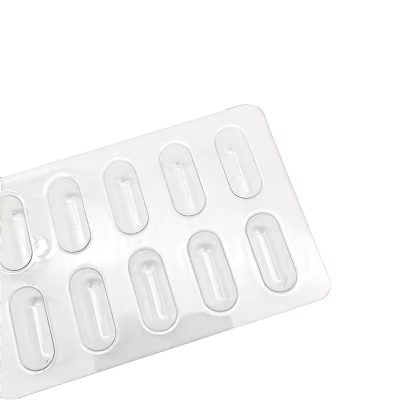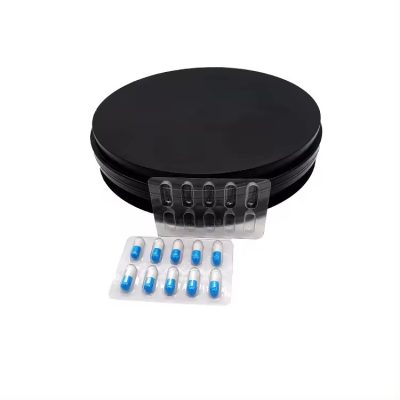Medical blister packaging plays a crucial role in the pharmaceutical and healthcare industries by offering a secure and efficient method for packaging medications and medical devices. This packaging technique, which involves pre-formed plastic cavities sealed with lidding materials such as aluminum foil, ensures the protection and effectiveness of the products it contains. This article explores the significance, materials, benefits, and regulatory aspects of medical blister packaging.
Materials and Design
The main materials used in medical blister packaging include PVC (polyvinyl chloride), PVDC (polyvinylidene chloride), and aluminum. These materials are chosen for their excellent barrier properties, protecting the contents from moisture, oxygen, and light, all of which can compromise the stability and potency of pharmaceuticals. Blister packs typically consist of two components: the blister, a cavity made from thermoformable plastic, and the lidding, generally made of aluminum foil.
Blister packaging can be divided into two main types: unit-dose and multi-dose packaging. Unit-dose blister packs contain one dose per cavity, providing precise dosage control and reducing the risk of medication errors. Multi-dose packs contain several doses in one blister, which can be advantageous for patient compliance and convenience.
Benefits of Medical Blister Packaging
Protection: Blister packaging provides excellent protection from environmental factors such as humidity, contamination, and UV light. This helps maintain the integrity and efficacy of the medication until it is used.
Compliance and Adherence: Blister packaging supports patient compliance by clearly organizing doses, often with labels indicating the day or time. This makes it easier for patients to follow their prescribed medication schedules, which is particularly important for managing chronic conditions.
Tamper Evident: Blister packs offer a tamper-evident barrier, crucial for ensuring medication safety and integrity. Any attempt to open the pack before purchase is easily detectable, deterring tampering and counterfeiting.
Convenience and Portability: Blister packs are lightweight and portable, making them convenient for healthcare providers and patients alike. Their compact design allows for easy transport and storage, facilitating medication administration in various settings, from hospitals to home care.
Regulatory Considerations
The manufacturing and use of medical blister packaging are subject to strict regulatory standards to ensure safety and efficacy. In the United States, the Food and Drug Administration (FDA) sets guidelines for the materials and processes used in pharmaceutical packaging. Similarly, the European Medicines Agency (EMA) enforces regulations to ensure that blister packs meet the necessary quality and safety standards. These regulations require extensive testing for barrier properties, stability, and safety to guarantee that the packaging protects the medication throughout its shelf life.
Innovations and Future Trends
Recent innovations in blister packaging technology focus on sustainability and smart packaging. Efforts are being made to develop biodegradable and recyclable materials to reduce the environmental impact of blister packs. Additionally, smart blister packs incorporating technologies such as RFID (Radio Frequency Identification) and NFC (Near Field Communication) are gaining popularity. These advancements can monitor medication usage, remind patients to take their doses, and report adherence data to healthcare providers, thereby enhancing patient care and outcomes.
Conclusion
Medical blister packaging is an essential component of the pharmaceutical and healthcare industries. Its ability to protect medications, enhance patient compliance, ensure tamper evidence, and offer convenience makes it indispensable in modern healthcare. As technology advances, blister packaging will continue to evolve, leading to improved patient outcomes and supporting global sustainability efforts.







